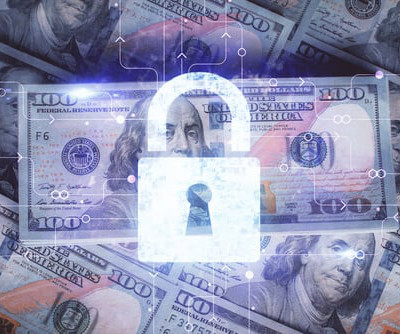Top 5 Security Trends this Summer: RSA Conference & Black Hat 2022
Webroot
JULY 25, 2022
Cyber insurance becomes mainstream discussion. As cyberattacks have become more costly and more challenging to track, cyber insurance has gained prominence across the industry. The cyber insurance market is expected to reach around $20B by 2025.












Let's personalize your content